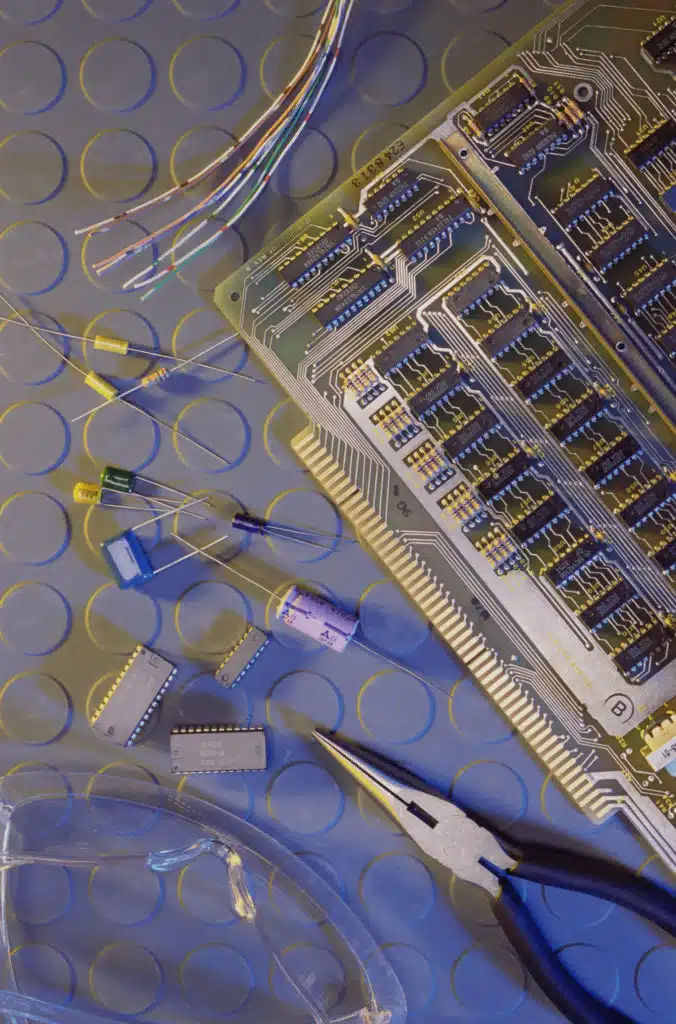A Sydney scientist has created the world’s smallest metallic wire, which is 100,000 times shorter than the width of a hair.
Dr Alex Donald, of the University of New South Wales, manipulated five silver atoms into a zigzag-shaped metal wire, overcoming previous difficulties of creating anything smaller than one-billionth of a metre.
“Scientists can already create metallic wires that are measured in nanometres, or one-billionth of a metre, which are many times larger than this wire. A key challenge in going smaller is that it becomes increasingly difficult to isolate and determine the shapes of such small particles,” says Alex, an ARC Discovery Early Career Researcher Award fellow and chemistry lec
Alex used an advanced instrument at the University of Melbourne to first manipulate the five atoms into a bowtie shape and then into a zigzag-shaped wire. He found that the addition or removal of a chemical allowed him to switch between shapes.
“We do not yet know what we can do with this wire, if anything, but these results demonstrate that an impressively small metal cluster can be entirely isolated and moulded into a relatively predicable shape,” he says.
These atom clusters have unique properties, including high-surface areas, which may ultimately make them useful as sensitive chemical sensors. For example, if one ounce of silver was converted into five-atom clusters, the total surface area of the clusters would be equivalent to 10 times the area of Australia.





 Fresh Science is on hold for 2022. We will be back in 2023.
Fresh Science is on hold for 2022. We will be back in 2023.